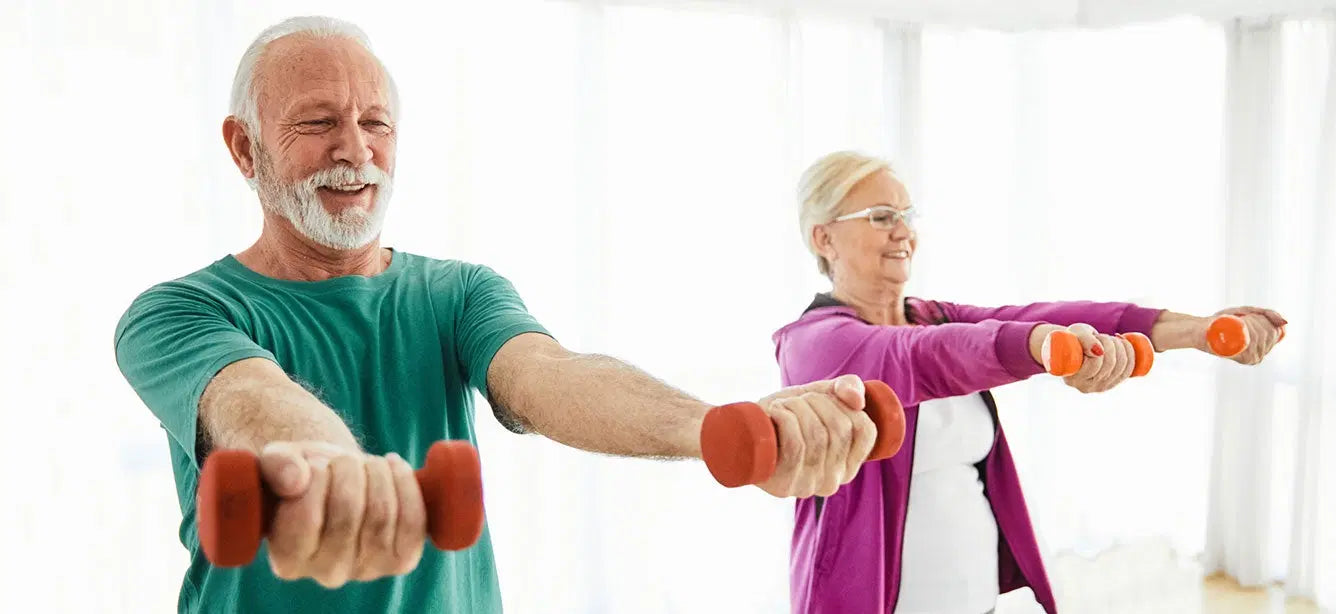
The Importance of Balance Exercises After 50: Preventing Falls and Maintaining Independence
As we age, balance becomes one of the most crucial aspects of health that is often overlooked. For people over 50, incorporating regular balance exercises can help prevent falls, improve coordination, and support overall mobility. Maintaining good balance isn't just about avoiding injury—it's about staying independent longer.
Why Balance Declines After 50
Aging naturally affects our muscle strength, joint flexibility, vision, and the vestibular system (the inner ear’s balance center). All of these contribute to reduced stability. According to the CDC, one out of four adults over 65 falls each year, with many incidents leading to long-term health issues or hospitalizations.
Starting balance-focused training in your 50s can help prevent these outcomes before they begin.
Benefits of Balance Training for Older Adults
-
Reduces risk of falls and injuries
-
Improves posture and walking gait
-
Enhances confidence in movement
-
Supports better reaction time
-
Maintains leg and core strength, which is essential for everyday tasks
Effective Balance Exercises for People Over 50
Here are a few simple but powerful exercises that can be done at home with minimal equipment:
1. Heel-to-Toe Walk
Walk in a straight line placing one foot directly in front of the other. This improves coordination and foot placement control.
2. Single Leg Stance
Stand on one foot for 10–30 seconds, then switch. Use a chair for support if needed.
3. Seated Leg Lifts
While seated, lift one leg straight out and hold for a few seconds. Repeat 10 times per leg to build thigh and core strength.
4. Balance Board or Cushion Use
Practicing on an unstable surface gently challenges your core and stabilizing muscles.
5. Tai Chi or Yoga
These activities are especially popular for older adults due to their low-impact nature and full-body control focus.
Safety Tips Before You Start
-
Always begin with proper support nearby (chair, counter, wall).
-
Wear non-slip shoes or go barefoot for better feedback from the floor.
-
Warm up with light marching or joint circles.
-
Don’t rush—focus on controlled movements and good posture.
How Often Should You Train Balance?
Experts suggest performing balance exercises 2–3 times a week for noticeable benefits. Even 10 minutes per session can make a significant difference over time.
Integrate Balance into Everyday Activities
You don’t always need a set workout. Try standing on one leg while brushing your teeth, walking heel-to-toe down the hallway, or shifting weight from one foot to the other while waiting in line.
When to Consult a Professional
If you’ve had previous falls, dizziness, or are unsure where to begin, consult a physical therapist or personal trainer who specializes in older adult fitness. They can help tailor a program to your ability level.
Final Thoughts
Improving balance after 50 isn’t just about avoiding falls—it's about living actively, confidently, and independently. With regular practice, you can strengthen not just your body but also your peace of mind.

Leave a comment